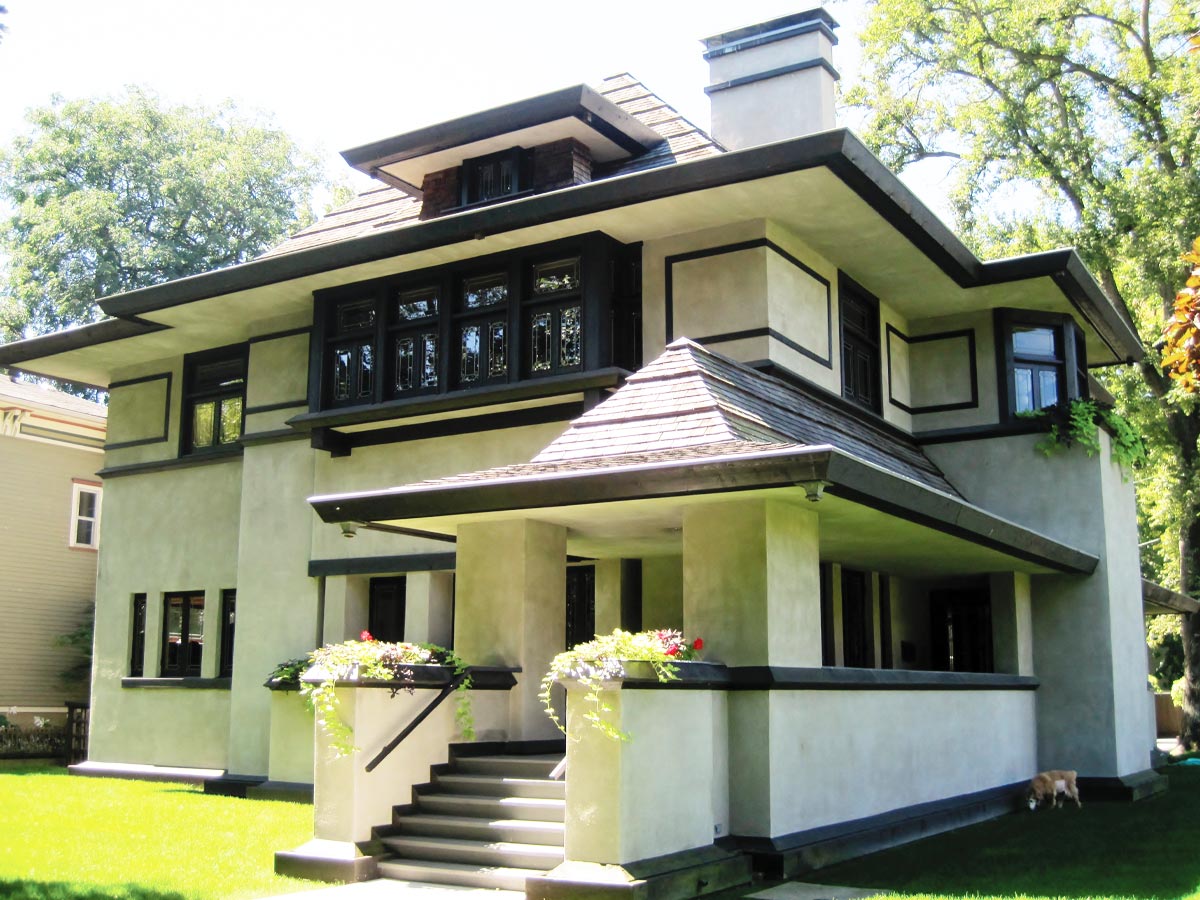By SUZANNE WARING
During Covid this past year, many of us increased our dependence on mail-order venues, to buy even everyday items. Of course, mail ordering is not new, but have you ever thought about ordering a house that way? In the early 20th century, families ordered houses that came as kits—a popular one being the Craftsman.
Sears, Roebuck and Company—as well as Montgomery Ward and a few other companies—sold kits through their famous “Wish Books.” Sears alone sold more than 70 thousand mail-order homes between 1908 and 1940.
Craftsman houses were widespread throughout the northwestern part of the United States, and families today still enjoy their distinct features.
Craftsman Features
Craftsman homes have distinct features.
- The predominant feature is its horizontal line with low-pitched gable roof that extends far out past the home’s exterior walls. Rafter tails are exposed under the eaves.
- Windows have multi-panes. The homes often have single dormers, centered and large, that dominate the roof line.
- Unlike the two-story houses of the late 19th century, the most common Craftsman bungalows of 1900-1929 had one or one-and-half stories. They had overhanging eaves and a generous porch, where people could gather in the evening (before air conditioning was available).
- The open porch, with heavy columns tapering from the bottom upward, often had rock and stone supports. Sometimes the front porch became a built-in sun porch, especially in colder climates.
- The living room adjoined the dining room with an arch or columns between, with built-in bookcases, cabinets, sideboards, and thick trim around the windows and doors.
- A fireplace often dominated the living room and had a prevailing chimney on the side of the house.
- The rooms flowed from the front entrance through the living room, to the dining room, and on to the kitchen.
- The kitchen was often small, which current-day families frequently opt to remodel.
Popularity
The Craftsman’s popularity came as a reaction to the ornamentation and stuffiness of the earlier Victorian homes.
Gustav Stickley, a furniture maker who became a promoter of the English trend of Arts and Crafts, published a magazine, Craftsman, in which he emphasized that simplicity in form and artistry could harmonize in an affordable house. Thus, the name of the house came from the name of the magazine.
The Greene brothers, Henry and Charles, of the architectural firm Greene and Greene, designed many Craftsman homes in California. One of their famous houses, the Gamble House, depicts the Craftsman features with a Japanese influence, a variation that was popular in the Golden State.
An area in Pasadena, known as “Bungalow Heaven,” has hundreds of historic Craftsman bungalows.
This style of home was also popular in Sunset, Ladies Home Journal, and House Beautiful magazines, which pictured the interior and exterior styles.
Pattern books for these houses were available for as low as $5. Montgomery Ward and Sears shipped the kits by boxcar—numbered, precut wood and plumbing supplies for a Craftsman house for as low as $1,000. The Craftsman was easy to build using local materials.
These small houses gave many families the opportunity to fulfill their dream of owning their own home with all of the conveniences.
Variation in Style
The bungalow is the style most associated with the Craftsman house, but other styles existed, too.
Frank Lloyd Wright’s Prairie House is one example. A stucco-covered exterior with a prairie look, called the Mission Revival, is another variation.
The Four Square is a two-story box comprised of four rooms on the first floor and four rooms on the second floor. Even though this style of house is usually called, simply, Four Square.
The Craftsman is truly an American style home, but one can find Craftsman homes in British Columbia, Canada, and Australia.
Craftsman Revival
Whatever happened to the Craftsman houses? The style fell out of favor, replaced by the ranch style and split-level after World War II.
But they’re still around. An estimated 70 percent of Sears houses still stand today.
The Craftsman style has had a revival lately, because people with smaller families want to keep their home simple.
Today’s look may be slightly different—the garage might be aside the front of the house, as opposed to being in back—but the same gable and horizontal lines still accentuate the modern-day Craftsman home. MSN









